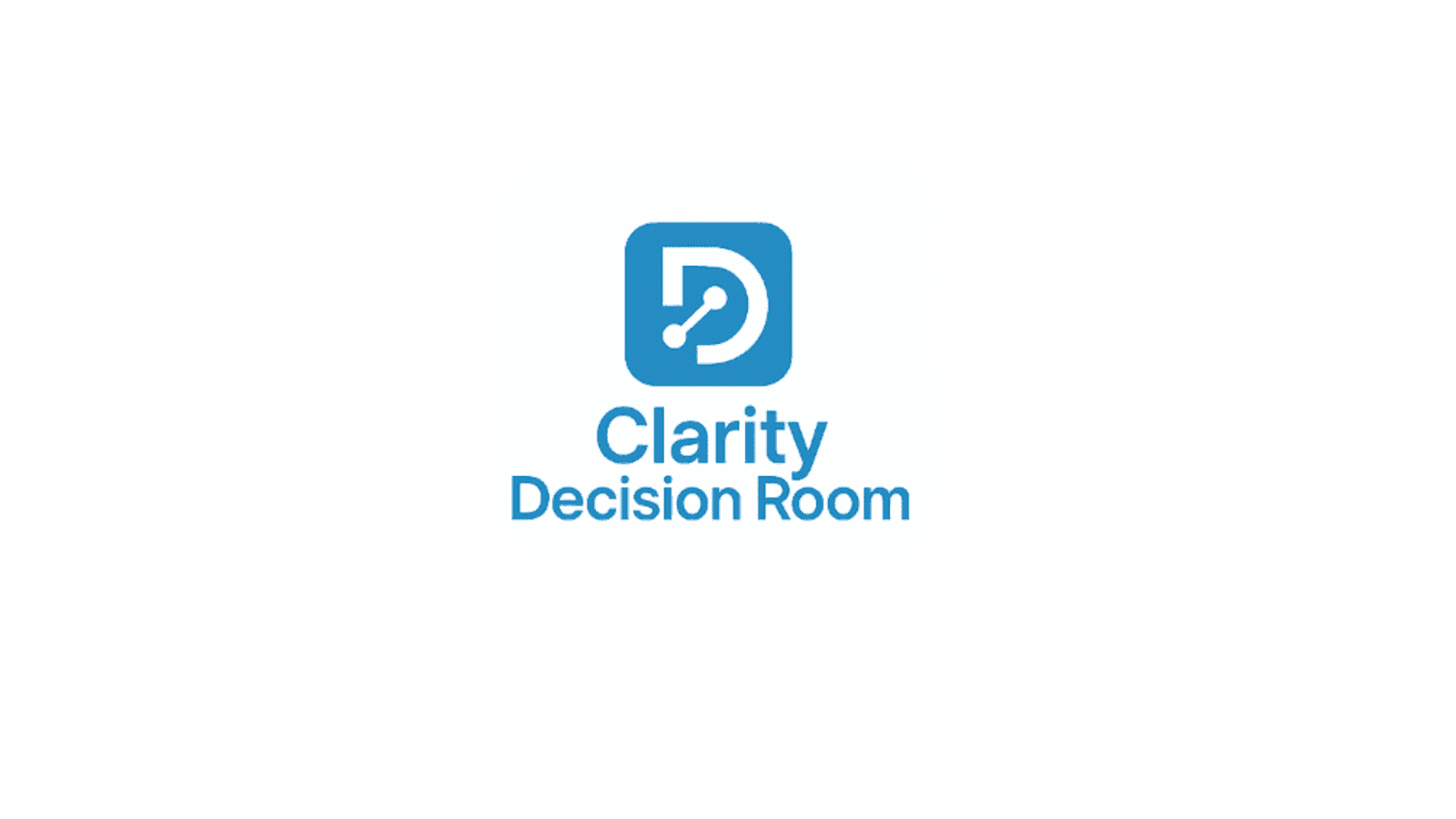Strategy is deliberate.
How many times have you participated in a strategic planning session, built out a thoughtful plan… and then never looked at it again?
You’re not alone.
In fact, nearly 45% of 800 executives surveyed by McKinsey said their strategic planning process failed to track the execution of strategic initiatives. Translation? We set it and forget it.
We get pulled into daily fires, constantly stacking new ideas onto shaky foundations, often without realizing those ideas aren’t actually aligned with our goals.
Let me ask you something:When’s the last time you actually read your strategic plan?I read ours weekly, sometimes more. Why? Because I need to make sure it’s getting done. I literally cross out objectives and tactics as they’re completed. When a new idea, opportunity, or message comes across my desk, I don’t react on instinct; I reference the plan.
- Does it align with our strategy?
- Will it move the needle on a defined objective?
If not, it goes into a parking lot for future strategic review. That’s not rigidity; it’s discipline.
Strategy Isn’t a Vibe
Confidence is important, but confidence without data can lead you off course.If you’re spitballing ideas on a whiteboard and calling it strategy, you’ve already missed the point. That’s not strategy. That’s improv.Too often, we make decisions based on gut feeling, then go searching for data to justify them after the fact.
Real strategy starts with analysis:
- Environmental scans
- SWOT assessments
- Market shifts and trend forecasting
- Deep dives into future conditions, not just present ones
Strategy is deliberate. It’s not “what I think feels right.” It’s “what the data is telling me will make us resilient.”
Notice I haven’t mentioned internal data yet. That’s because internal data is tactical; it’s not where strategy begins. Tactics are what get executed. Strategy is what gets decided. And a solid, well-researched strategic plan should become the North Star that guides every decision for the next year or even longer.
The Cost of Misalignment
When we don’t follow through on strategy, the consequences show up quickly:
- Stagnation
- Missed momentum
- Overwhelmed teams chasing every shiny object
- Opportunities lost to poor timing or unclear priorities
How to Recommit to Strategic Execution
If you’re ready to stop setting it and forgetting it, here’s where to start:
- Revisit your strategic plan weekly
- Use prioritization matrices to vet new initiatives
- Track the performance of the tactics, not just the outcomes
- Conduct regular decision audits
- Work with a partner like Clarity Metrics Group to align your decisions with a well-structured system
Strategic alignment isn’t just a best practice. It’s the difference between building something that lasts and burning out from misdirected energy.
